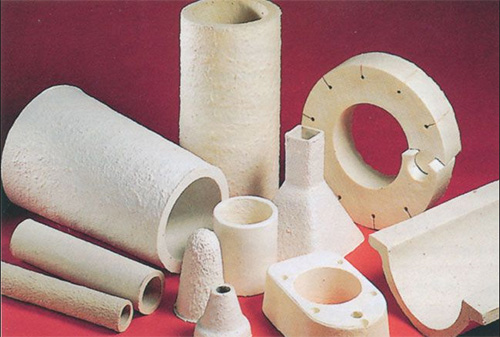- 29
- Dec
Take the breathable brick as an example, briefly describe the basic knowledge of refractory materials
おそらくコーヒーで最も古い抽出方法である、<strong>ジェズベ</strong>を例に挙げましょう。 我々の予備調査では、この浸漬式の抽出方法はカプセルエスプレッソと非常によく似た抽出比で抽出されることが分かっています。小さなサイズのジェズベは7〜12グラムのコーヒーと70ミリリットルの水を使用して抽出します。この抽出比率をBHのコーヒー代数式で処理してTDS値を計算します。その上で一般的な収率である20〜24%の収率を得たと仮定すると、以下の数値が導かれます。 通気性のあるレンガ 例として、耐火材料の基本的な知識を簡単に説明します
For steel manufacturers and refractory materials industry, breathable bricks are very important and common refractory products; taking breathable bricks as an example, this article discusses the refractory materials from the four aspects of thermal conductivity, specific heat capacity, refractoriness, and load softening temperature. Basic knowledge.

(写真)耐火物
耐火材料の熱伝導率:熱伝導率は、物質の熱伝導率を示します。 熱伝導率が高いほど、熱伝導率は高くなります。 取鍋の通気性れんがの密度は大きく、それに応じて熱伝導率も大きくなります。
Specific heat capacity of refractory materials: Specific heat capacity represents the heat absorption or heat dissipation capacity of an object. The larger the specific heat capacity, the stronger the corresponding heat absorption or heat dissipation capacity. The specific heat capacity of ventilated bricks is related to its baking and cooling time.
Refractoriness of refractory materials: As mentioned in the previous article, it is a technical indicator that integrates the chemical composition, dispersion, proportion and viscosity of the liquid phase contained in the material. Refractoriness is one of the important indicators of refractory materials. Refractory materials need to be able to withstand the high temperature of the use scene during use; for ventilating bricks, if the temperature of molten steel is too high, it will not only affect the life of the ventilating bricks, but even cause major leaks, etc. accident.
耐火材料の荷重軟化温度:高温と荷重を同時に受けない材料の耐性を示します。 耐火物は室温で高い圧縮強度を持っていますが、高温で荷重をかけた後、変形して圧縮強度を低下させます。
